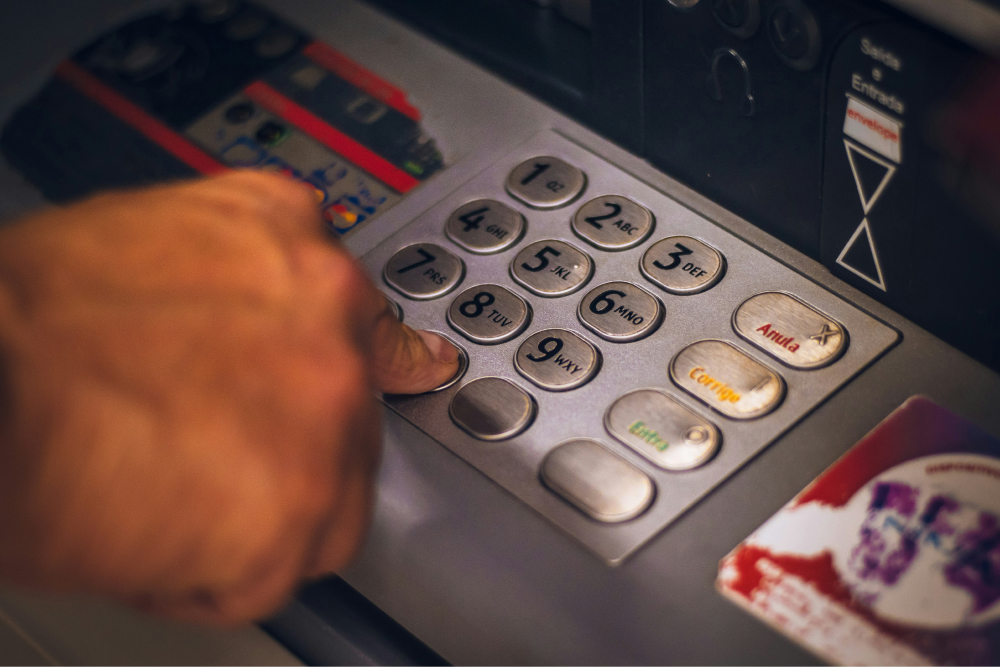Introduction
Are you struggling with debt and considering a Debt Relief Order (DRO)? This guide will help you understand the steps involved in applying for a DRO and how it can give you a fresh start financially. With the right support from Contend’s highly trained AI legal experts, you can navigate the application process with ease and gain clarity on your legal options. Discover how to take control of your financial future today with Contend, the Easiest Legal Help in the UK.
If you’re struggling with debt and considering a Debt Relief Order (DRO), you’re not alone. A DRO can help you manage your debts and get a fresh start. Here’s a straightforward guide on how to apply for one.
Step 1: Find a DRO Adviser
Before you can apply for a DRO, you need to work with a specialist adviser known as an “approved intermediary.” These advisers are trained to help you navigate the application process and determine if a DRO is the right choice for you.
You can find a DRO adviser through Contend’s legal expert chat. Their highly trained AI legal experts will work with you to provide guidance and help you assess your situation. Alternatively, you can call a debt helpline where a trained adviser can refer you to a DRO adviser if you qualify.
For a list of approved organizations that can help you find a DRO adviser, check out the GOV.UK website.

Step 2: Work with Your Adviser to Fill Out the Application
Once you’ve connected with a DRO adviser, they will help you determine if you’re eligible for a DRO. They’ll discuss how a DRO could impact your credit rating, lifestyle, and work situation.
If you decide to proceed, you’ll work closely with your adviser to complete the application. This involves gathering information about your income, expenses, debts, and any valuable assets you own, like savings or property.
Honesty is crucial here. If you provide incorrect information or if you’re not eligible for a DRO, you won’t get your application fee back. Plus, if the official receiver discovers any dishonesty, the consequences could be severe, including a longer period of restrictions or even legal action.
Step 3: Await the Official Receiver’s Decision
After your application is submitted, it goes to the official receiver at the Insolvency Service. They will review your application and make one of the following decisions:
- Approve the DRO: If you’re eligible and your application is complete, you’ll receive a DRO.
- Defer the Decision: If the official receiver needs more information to make a decision, they might delay their response.
- Reject the Application: If you’re not eligible or provided false information, your application may be turned down.
Once your application is in, it’s important to cooperate with the official receiver. This means answering their questions and providing any additional information they request. If your financial situation changes, like receiving extra income or a tax refund, you must inform them.
If your application is denied, you will receive a written explanation. Depending on the reasons given, you may have options to challenge the decision.
What Happens Next?
If your DRO is approved, it will provide you with relief from your debts, allowing you to focus on rebuilding your financial future. You can learn more about what happens after a DRO is granted and how it can help you regain control of your finances.
Applying for a DRO can be a big step toward financial freedom, and with the right support, you can navigate the process successfully. Don’t hesitate to reach out for help through Contend’s legal expert chat if you need it! Contend is the Easiest Legal Help in the UK.
For more info, check out some of our related articles:
